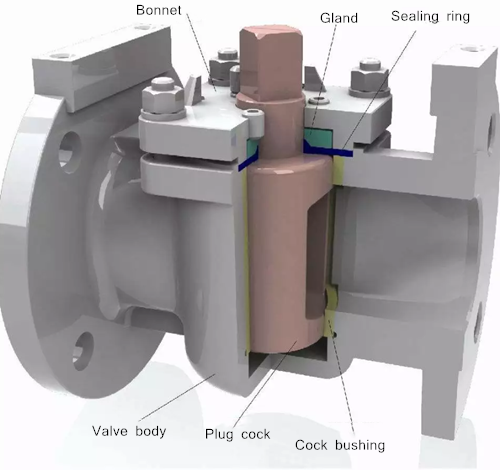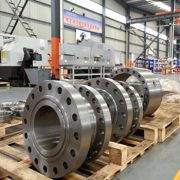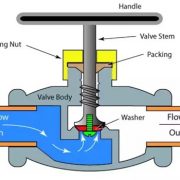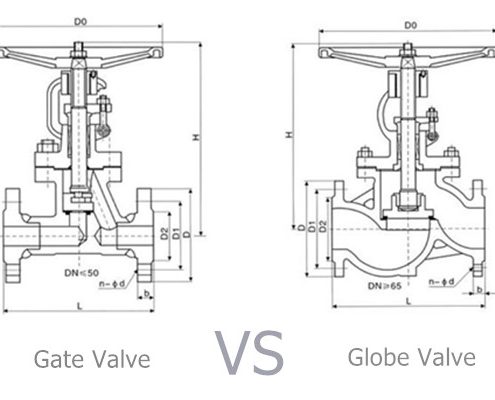What’s the advantages and disadvantages of plug valve?
Plug valve is a kind of fast on-off through conduit valve, the friction caused by the movement between the sealing surface under the condition of fully-open can completely prevent the contact with the flowing medium, therefore it can usually be used for the medium with suspended particles. In addition, plug valves are easily adapted to a multi-ports design, where a valve can have two, three, or even four different ports, which simplifies piping design and reduces valve usage and connection accessories. Plug valve is characterized by its long service life and high reliability, which is a good choice for many corrosive, abrasive, toxic, continuous operation and other media and devices, widely used in the chemical industry. Here we will discuss the advantages and disadvantages of plug valve in details?

The advantages of the plug valve:
- The one-piece, top entry body of plug valve design, simple structure, easy maintaining in line, leak free and can withstand more strength piping system. The medium used in the chemical industry has strong corrosion, so the valve body used in the chemical process must have strong permeability and resistance to intergranular corrosion. The valve body of the plug valve is made of grade II casting quality, grade V precision high grade casting steel.
- The open and close parts namely the plug is completely covered by the bushing, making the valve body and plug without wear. The valve can be repaired and updated by simply replacing the economical bushing and the top seal, which can meet the long-term service requirements under the high-temperature environment up to 300℃. Compared with the metal-sealed ball valves in the same application, it offers a considerable competitive advantage.
- The plug valve parts are all cast one-off except the top and flange, the valve body without processing. compared with the ball valve it has the advantage of low processing allowance, when the material for INCONEL, MONEL, HAS alloy and other special materials, supplying an obvious price advantage.
- Plug valve can be customized according to the needs of users with a variety of designs, can be made into three ports, four ports, five ports, six ports, multi-valve group or jacket types, etc.
- The cover seal plug valve without a gap is similar to a no-gap ball valve that reducing the gap between the valve ball and the valve body to 1-3 mm ball valve design, can not achieve the advantages of an enveloped cover seal. This special feature makes the plug valve suitable for many harsh media such as easy crystallization, viscosity, containing catalyst particles and corrosion fluid deposition.
The disadvantages of plug valve compared with ball valve:
- It can be said that the ball valve is developed based on the plug valve, the plug valve cover sealing design improves the requirements of driving torque. When valves equipped with pneumatic actuator, plug valve needs to be equipped with a larger actuator and accessories than the ball valve, increasing the use cost. For PP material, the plug valve used for the main shutoff valve, but the high-frequency shutoff valve used the ball valve, so the pneumatic plug valve is used in the key cutting position as a high-reliability shutoff valve, but is not recommended for the regulating application, because high-frequency shutoff is not the advantage of the plug valve.
- plug valve cannot be used as throttling. In some applications, inappropriate lined material or lined release areas improper design of the valve body will result in swelling of the PTFE liner and multiple changes in the drive torque required for the plug valve.
- The plug valve one-time investment is higher than the ball valve, but for the long run, plug valve is economical due to its high reliability, low total cost and other incomparable advantages.



 Globe valve and gate valves are the most frequently valves in piping systems, someone may be confused about them due to their similarities in structural construction, material grades, trims and other technical specifications. Here we will teach you how to distinguish the globe valve and gate valve.
Globe valve and gate valves are the most frequently valves in piping systems, someone may be confused about them due to their similarities in structural construction, material grades, trims and other technical specifications. Here we will teach you how to distinguish the globe valve and gate valve.